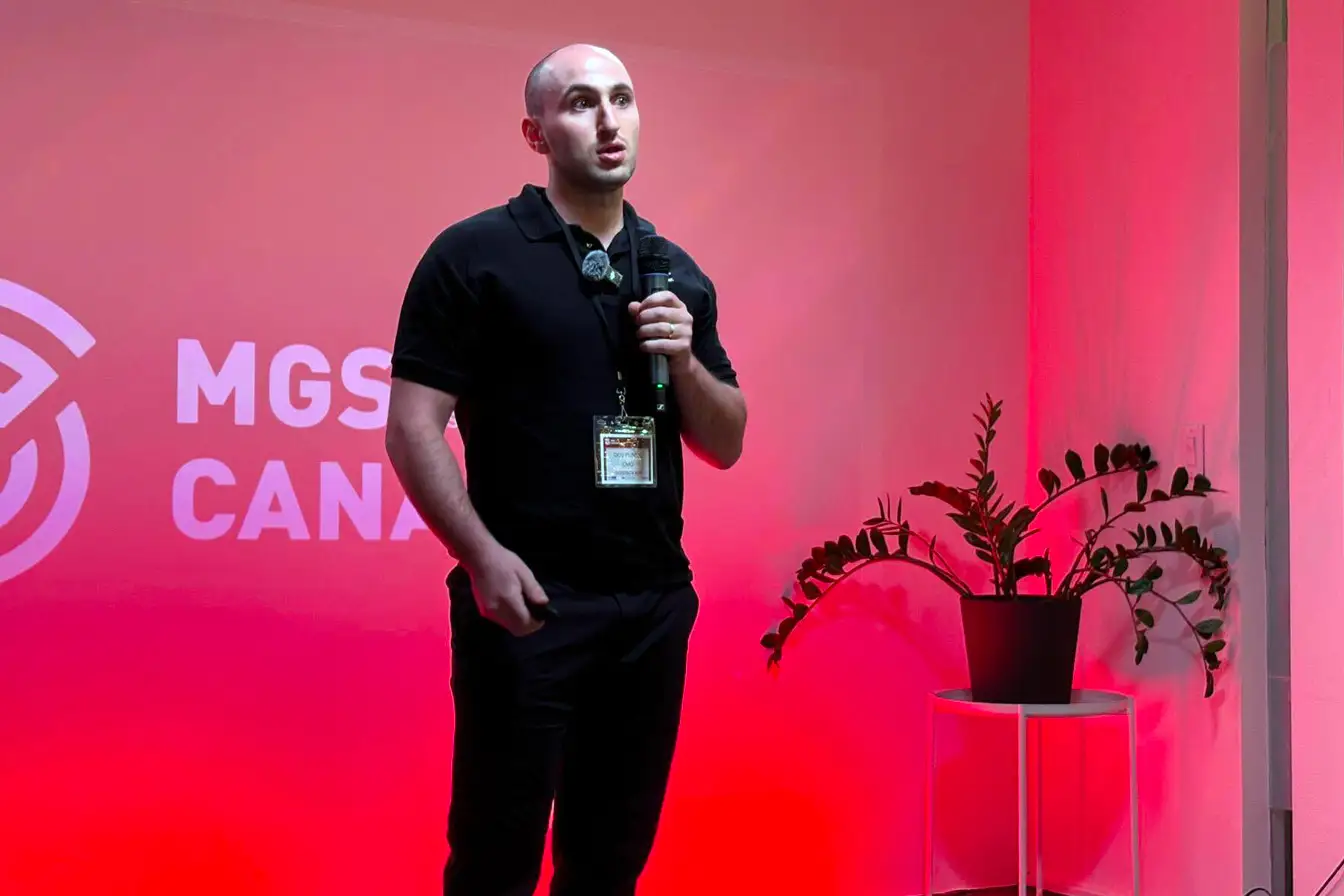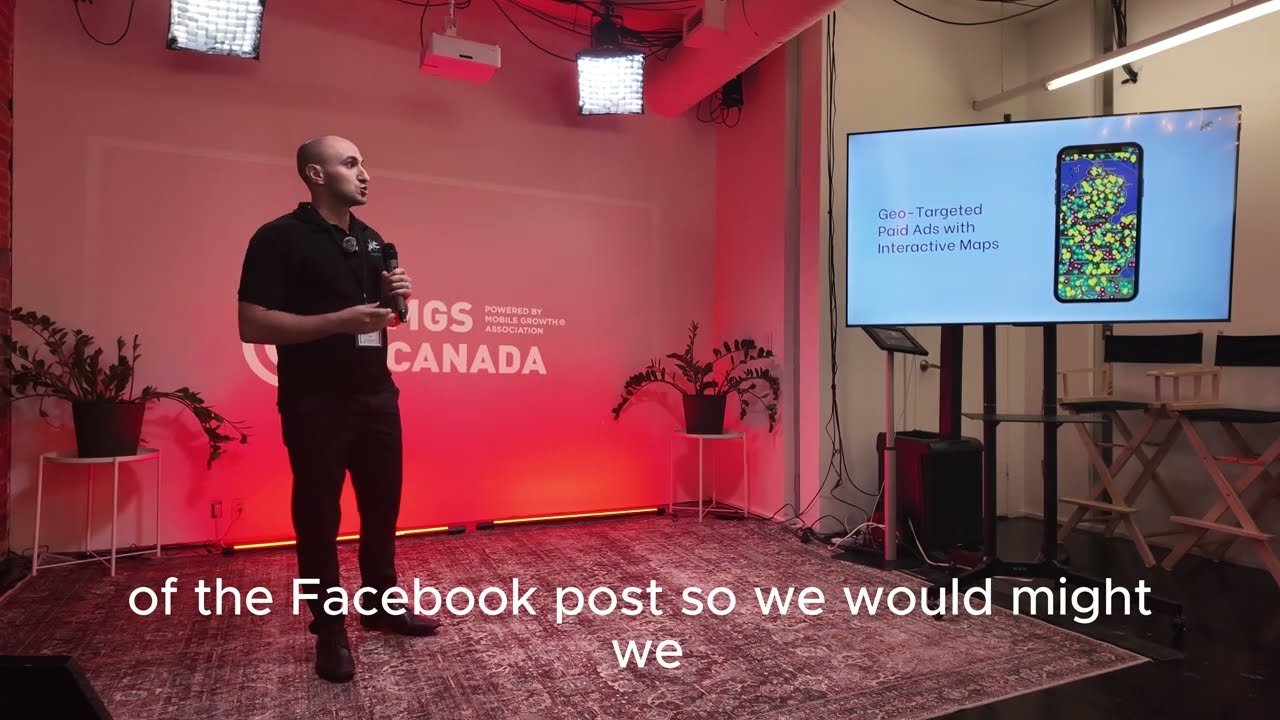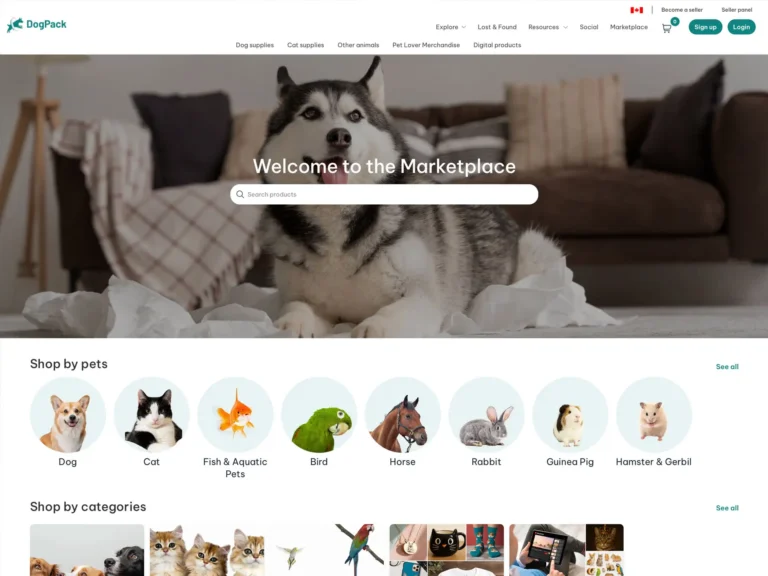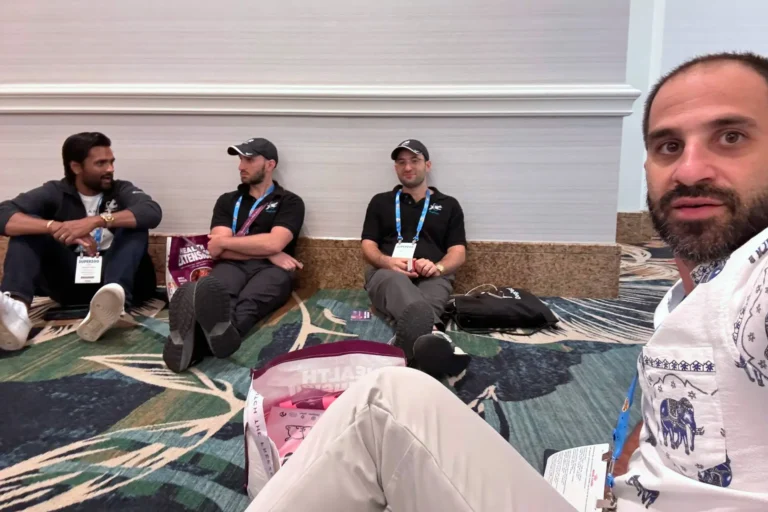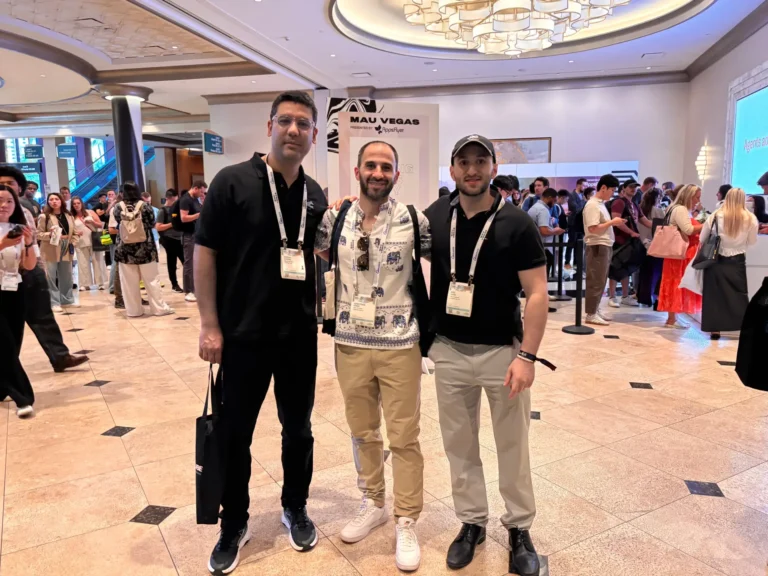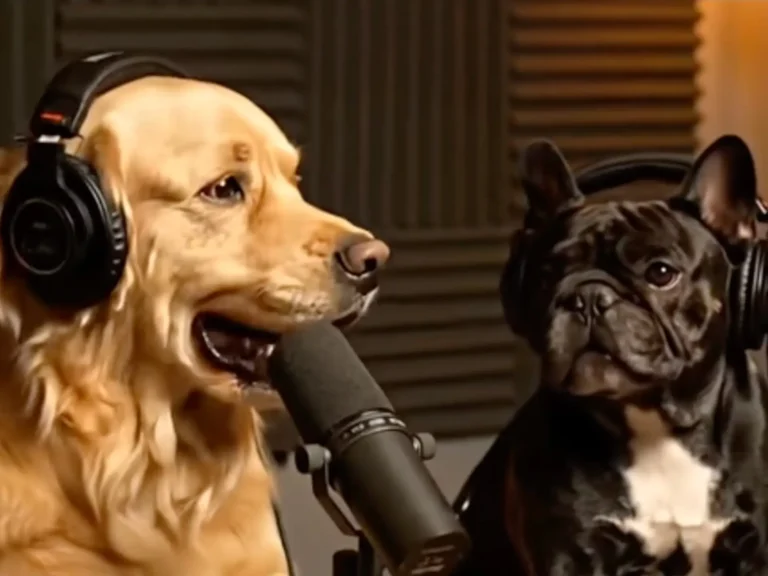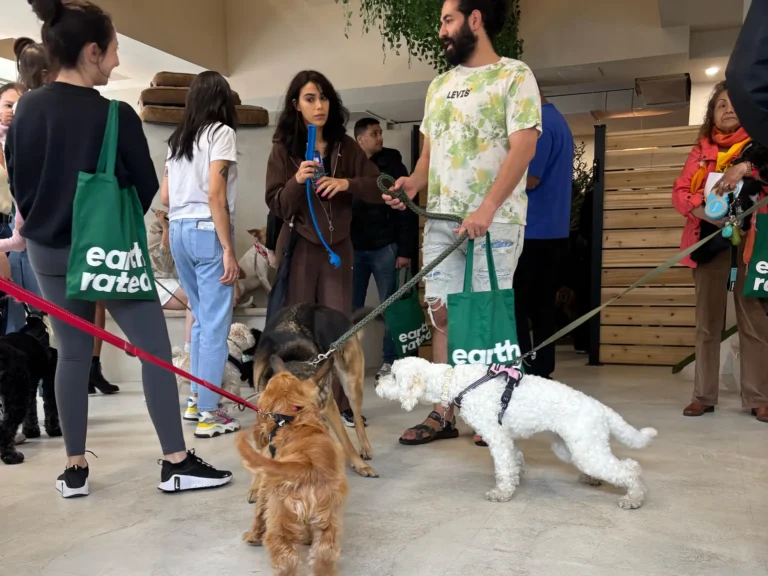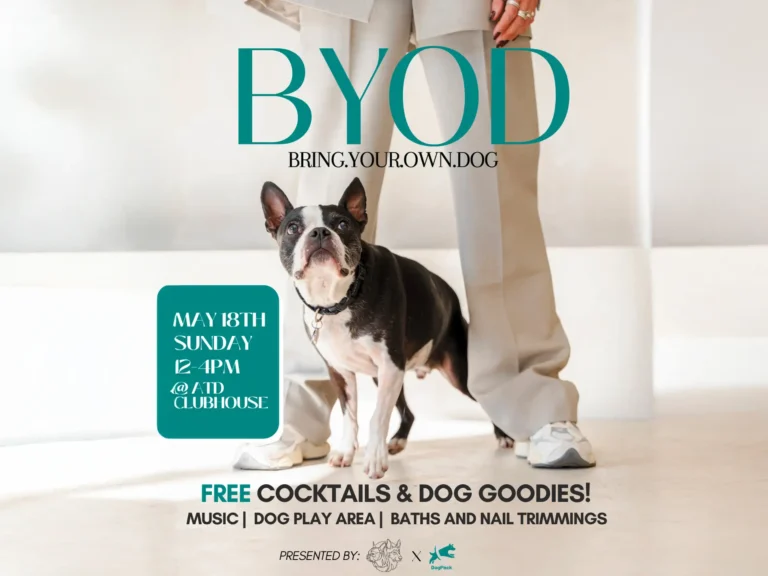At MGS Canada, DogPack Co-founder Dov Punski shared how the team built a global dog community with over 1.5 million users across 20 countries and 14 languages.
At MGS Canada, DogPack Co-founder and CMO Dov Punski shared the raw, behind-the-scenes journey of turning a simple idea into one of the fastest-growing dog communities in the world. From growth hacks to investor wins and marketing lessons, this talk is a must-watch for founders, marketers, and early-stage investors.
🎥 Watch the full video on YouTube:
It All Started at the Dog Park
Before DogPack, Dov was a full-time dog walker. He kept getting texts from friends asking which park he was at so they could join. That’s when the idea hit: what if dog owners could check into parks and see who was there in real time?
From that small pain point, DogPack was born. The app now lets users create dog profiles, share photos, find dog-friendly places, track lost dogs, and connect with others at local parks. But the real story is how they built such a large user base with no revenue and no paid promotion—at least at first.
The Facebook Growth Hack That Built a Movement
With limited resources, the team went all in on Facebook. They used ten personal accounts (including their mom’s, dad’s, and even an old friend’s) to post in local pet groups every day.
This grassroots strategy brought in 50,000 users in under a year without spending a dime. Some users called them out, but the installs kept climbing. That traction led to a LinkedIn message from an investor and a $1.2 million seed round at a $6 million valuation—all before revenue.
Ads, Microtargeting, and UGC That Actually Worked
Once they raised money, DogPack launched a hyper-targeted ad strategy. They focused on small cities, spent just $1.50 per day per location, and kept campaigns short and nimble. Results were strong, but not scalable long term.
That’s when they leaned into user-generated content. By partnering with small creators around the world, they built relatable, entertaining videos that hooked viewers with exaggerated problems and positioned DogPack as the solution. These low-cost videos performed well across languages and regions and became their most reliable source of installs.
What Didn’t Work
Not every tactic was a win. A $7,000 mascot costume was a total flop. Printed posters got banned by Quebec’s language authority. One influencer asked for $25,000 for a single non-boostable video. But every miss helped refine their approach.
Series A, Product Expansion, and the Road Ahead
DogPack eventually closed an $8.6 million Series A at a $40 million valuation. Today the app boasts:
- Over 1.5 million users
- 425,000 unique monthly active users
- Availability in 20+ countries and 14 languages
- 150,000 dog-friendly locations and 30,000 registered businesses
Now the team is focused on retention and monetization. A new pet product marketplace just launched on web, with in-app integration coming soon. Upcoming features include dog-friendly filters, a daily photo competition game, and new ways to engage and reward users.
Why This Talk Matters
This is not just a startup success story. It’s a rare, honest look at what it really takes to scale a community-first app with no revenue, no brand awareness, and no paid media team. From posting in local Facebook groups to building a global platform, DogPack’s story is a case study in creativity, persistence, and smart adaptation.
🐶 Watch the full talk on YouTube
🌐 Explore the DogPack App

